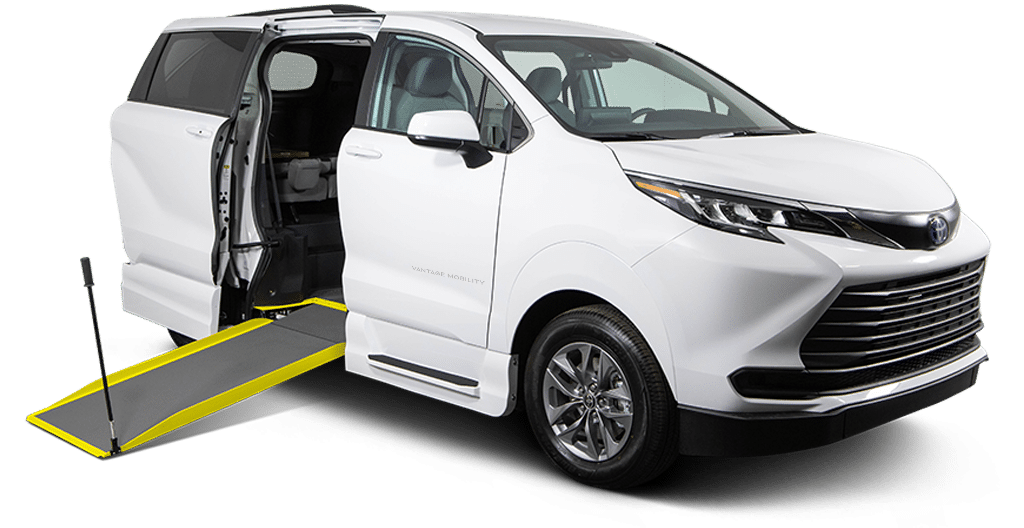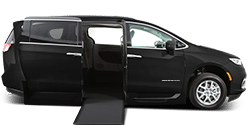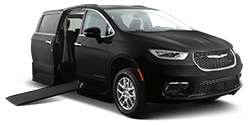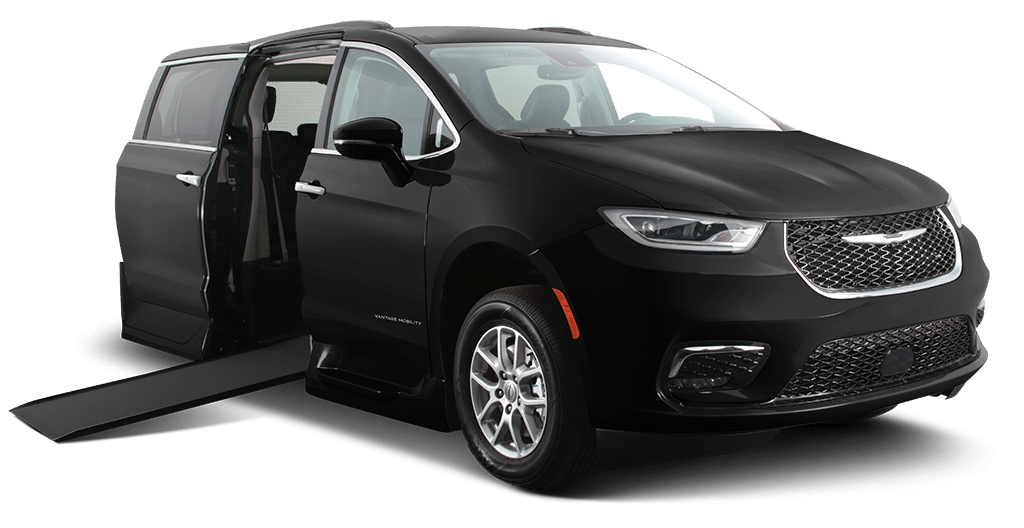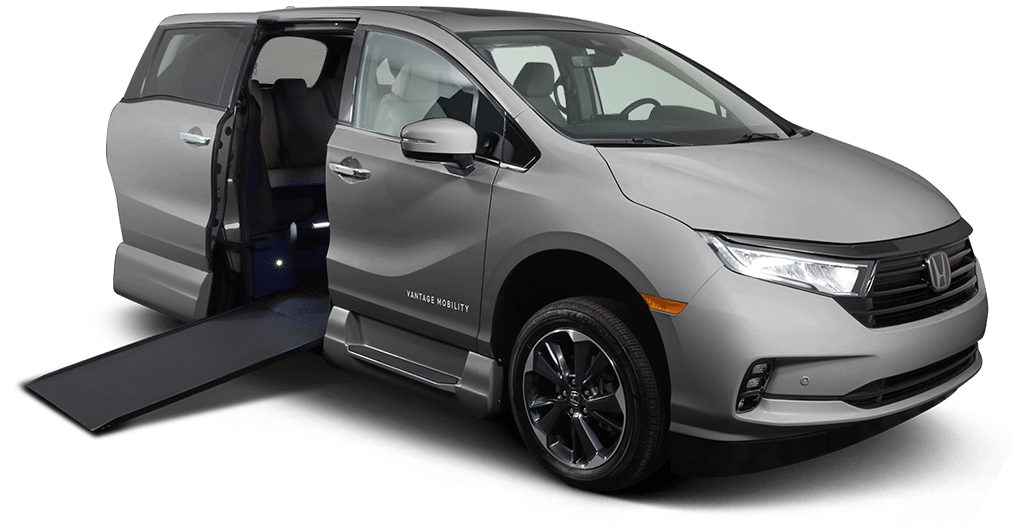Not all homes are built with a wheelchair user in mind. With certain upgrades, you can make your home more wheelchair-accessible overall, but if your budget doesn’t allow for that, a fairly inexpensive first step is to get portable wheelchair ramps.
To encourage accessibility and safety, the Americans with Disabilities Act (ADA) has set certain regulations for installing wheelchair ramps in public spaces. While ADA compliance doesn’t generally apply directly to portable wheelchair ramps for homes, it’s a good idea to follow these guidelines when possible to maximize safety and ease of use. For example, factors such as type, width, weight capacity, handrails and ramp angle should all be considered before buying or building portable wheelchair ramps for homes.
Types of Portable Wheelchair Ramps
When it comes to wheelchair ramps for home use, there are a few options, depending on where you are planning to put them. These can include:
- Doorway Ramps: Usually solid or panel ramps, these come in slightly different lengths to cover one to just a few steps.
- Shower Ramps: Designed to get rid of the slight step that is generally in front of walk-in showers, these ramps are small, short and often can blend in with your bathroom floor.
- Exterior Access Ramps: To help a wheelchair user get in and out of the home, these ramps are longer and can be purchased in materials such aluminum, which is sturdy and can often come in sections to make it easier to customize the length.
- Threshold Ramps: Used to bridge raised thresholds, these ramps are usually shorter, very light and offer only a slight raise in a doorway.
Ramp Angle and Length of Portable Wheelchair Ramps
When picking out portable wheelchair ramps for your home, take into account the wheelchair user’s limitations. If the main wheelchair used is manual, you may not want the ramp to be too steep, as it will require more upper body strength to move up it. If a power chair is used, consider not only the stress put on the motor, but also whether tipping is a possibility with a higher incline.
The length of your home wheelchair ramps will depend on the size of the wheelchair and floor space at the location of the ramp. Some scooter and wheelchair manuals will suggest appropriate ramp length for that particular model, but generally your measurement should be based on your ramp angle. To be on the safe side, the ADA suggests ramps should be one foot long for every inch high, or a maximum slope ratio of 1:12.
Width of Portable Wheelchair Ramps
The usable ramp width should fit the wheelchair, plus a few inches on each side, for maximum safety and maneuverability. The ADA suggests a minimum width of 36 inches, as that should accommodate most standard wheelchairs and scooters.

Portable Wheelchair Ramps with Handrails
According to the ADA, ramps higher than six inches or with a horizontal projection of longer than 72 inches must have handrails on both sides. Even if your home wheelchair ramps don’t require handrails, it is always a good idea to at least have wheel guards on each side to prevent the chair from going off the edge.
Follow these guidelines, but also make sure you check with your city or county to see if there are any building codes you might need to reference before purchasing or building any portable wheelchair ramps for your home. And most importantly, whatever type of portable wheelchair ramp you get, make sure you carefully install and test it before use.





